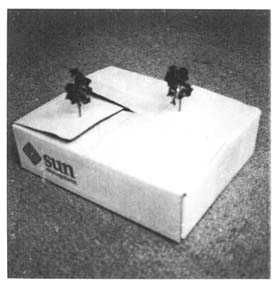Art And The Brain
From Robert-Depot
Project for DXARTS 490 AU13 - Art and The Brain
Contents
feedback loops

- sharpen the loop, target.
- dopamine blocker and aesthetic experience.
objects as utilities of the mind
ideas
- boundaries between the internal and the external.
- feedback loops (art machine), cognitive.
- perceptual (Lucier, etc.)
- access to the ineffable, numinous (thought, spirit, things that can’t be articulated)
- or a better interface
- establishing other ways, other paths, other circuits.
- goal is new thought, perspective.
- cognitive feedback loop.
- encounter with unmediated children’s speech.
- reenacting children’s drawings (reemobdiment, closeness through kinesthetic experience) perhaps some child, there, moved their hand in a similar way in making the drawing.
- arcs
- end of life: alzheimer’s chatbot.
- beginning of life: searle’s room. pre-linguistic communication, poetics.
- something with a longer arc.
- krapp’s last tape. looping triple structure.
- at the scale of the individual, what experimental feedback loops are possible?
- sharpen the feedback loop.
- sharpen the stick.
- training models on fMRI machine vs cognition in the wild. Hutchins.
- fMRI models will be interesting when they can be gathered in the wild.
- james hughes elective ECoG chip. (or probably everyone else in this class)
Nervous systems do not form representations of the world, they can only form representations of interactions with the world.[3]
The emphasis on finding and describing "knowledge structures" that are somewhere "inside" the individual encourages us to overlook the fact that human cognition is always situated in a complex sociocultural world and cannot be unaffected by it.
—Hutchins, 1995 p. xiii
References
- Neuroscience for Kids - http://faculty.washington.edu/chudler/lang.html
 Keith Tysons Art Machine 1995
Keith Tysons Art Machine 1995
